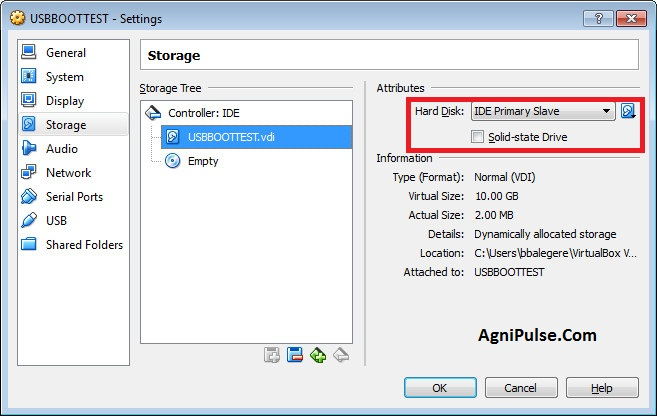

If you are using a system where security is important, the best way to achieve this is to create a udev rule to match the Windows 10 disk and assign it to a particular group. Higher-Security File System Permissions Configuration You can choose which is best for you - you only need to complete one of them. The proper, higher-security method which is best for production/important systems, or the quicker, lower-security method which is suitable for test/disposable systems. There are two main ways that this can be configured. In order to have full, unrestricted access to the Windows 10 disk without having to use sudo, you need to give your user account the appropriate permissions. Make sure to substitute this with the correct one for your system in commands that you execute. This may differ for you though.įor the rest of this document, I will refer to the correct block device ID for your system as /dev/sdX. 0/1/0.0.0/2/5 /dev/sda5 volume 4008MiB Linux swap / Solaris partitionįrom this example output, you can see that /dev/sdb is the Windows 10 disk. For example: $ sudo lshw -short -class disk,volume You can use lshw to determine the correct device. If your disk is not automatically mounted, you don't need to mount it. ├─sdb3 8:19 0 912.9G 0 part /media/jamie/Windowsįrom this, you can determine that /dev/sdb is the Windows 10 disk. ├─sdb5 8:21 0 17.2G 0 part /media/jamie/Recovery Image Then, you can use lsblk (List Block Devices) to identify the correct device.

In my case, the Windows and Recovery Image partitions were auto-mounted.

XFCE with Thunar), the Windows 10 disk will probably be automatically mounted (if you get stuck at the error 'Windows is hibernated, refused to mount.', please see the troubleshooting here). If you're using a modern desktop environment and file manager (e.g. Mounting the disk/partitions is not actually required for VirtualBox to be able to boot it, however you will need to identify the correct block device ID for the disk (e.g. ┣━━ Troubleshooting: Windows is Hibernated, Refused to Mount ┣━━ Creating and Configuring the Virtual Machine Skip to Section: Booting a Physical Windows 10 Disk Using VirtualBox on Linux Now I'm able to test my site in IE and Edge usng the virtual machine running on my system. I have put the Windows 10 disk in a USB SATA drive enclosure, and configured VirtualBox to be able to boot the raw disk. Straight away I took the disk out and replaced it with a Linux SSD, however since I don't own any other Windows systems, this will come in useful for testing my website for browser compatibility in Internet Explorer and Edge. I recently acquired a computer with an OEM/factory-imaged Windows 10 disk inside. bit Domain Tor Onion v3 Vanity Address security.txt Internet Draft Tor Onion v3 Hidden Service iPad Mini iOS 6 Pastebin Keyword Alerts Upgrading to IPv6 Hosts File Site Blocking InspIRCd Linux Guide Creating the IRC Drawing Bot Chrome Site Whitelist Extension Subgraph OS Overview Tor Hidden Service Blocking Exloitable Content Proof Of Timestamp Identicon Gravity Animation New Site Design + Layout! Plainsight Enciphering Demo iPhone System Clock Ubuntu Phone Reviewīooting a Physical Windows 10 Disk Using VirtualBox on Linux
#Virtualbox boot from usb verification
Preventing BGP Transit Tor is a Great SysAdmin Tool BGP Peering with Quagga SPF Macros Connecting to DN42 Certificate Authority Authorisation Spotting Lookalike Domain Names MTA-STS and STARTTLS-Everywhere A Look at PureDarwin PGP/GPG Key Server Output Deploying a Hidden Service Using Ansible Security.txt Cloudflare Worker Automatic Software Integrity Verification My Interview With Giulio D'Agostino Managing Your SSH known_hosts Using Git UBports on the Meizu MX4 Ubuntu Edition Forwarding Tor Hidden Services Across the Internet Extreme Content Security Policies Locking Down SSH Users Cutter Part 3: Solving a Crackme Challenge Transferring Domains to Cloudflare Registrar Bloom Filter Log Anonymizer Cutter Part 2: Analysing a Basic Program VirtualBox Physical Windows 10 Disk on Linux Cutter Part 1: Key Terminology and Overview Travis-CI Content Security Policy Tester Launching a HackerOne Program Using Public Wi-Fi Securely Let's Encrypt SCTs in Certificates Disabling Older TLS Versions Namecoin.


 0 kommentar(er)
0 kommentar(er)
